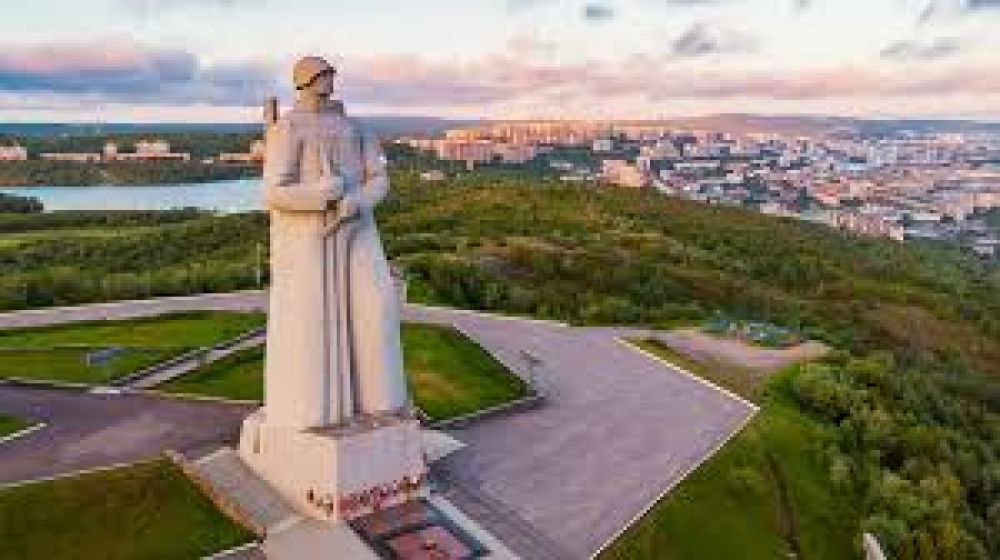

The city of Murmansk, located in the northwestern part of Russia, within the Arctic Circle, has a unique and rich history that intertwines with its development as a tourist destination. Murmansk was founded in 1916, during World War I, to serve as a year-round port thanks to the warm currents of the Gulf Stream. While it has been a significant naval base and commercial port throughout its history, tourism in Murmansk has grown gradually, particularly with the interest in Arctic exploration and the natural phenomena of the far north.
Originally, Murmansk was not considered a tourist destination due to its strategic importance and military presence. The city was primarily focused on its industrial and naval infrastructure. However, the interest in the region started to grow as adventurous tourists sought to experience the stark beauty of the Arctic.
Throughout the Soviet era, domestic tourism began to develop in Murmansk. The allure of its unique landscape, the phenomenon of the midnight sun, and the northern lights attracted Soviet citizens from other regions. Local tourism was mainly about "sanatoriums" and "rest homes" provided by the state for workers to rest and recover in the northern climate.
After the fall of the Soviet Union, Murmansk opened up more to international visitors. The city became a jumping-off point for Arctic expeditions, scientific research, and eco-tourism. Travel companies started offering cruises along the Northern Sea Route and trips to nearby natural attractions such as the Kola Peninsula, known for its pristine tundra, and Teriberka on the Barents Sea coast, which gained fame after the release of the film "Leviathan".
In recent years, Murmansk has capitalized on its unique position to offer winter tourism activities. Aurora hunting has become a popular pursuit, as Murmansk is one of the best places in the world to observe the northern lights. The area has also become known for ice fishing, snowmobile tours, and husky sledding. Tourism developments have included new hotels, restaurants, and infrastructure improvements to support the growing number of visitors. Additionally, Murmansk is witnessing a trend in *cultural tourism*, with an increasing interest in Arctic indigenous peoples’ heritage and World War II history.
Regional festivals and events also attract tourists. Events like the Murmansk Miles Snowmobile Festival and the Northern Character Film Festival highlight Murmansk’s efforts to distinguish itself as a diverse cultural and adventure tourism destination.
As a part of Russia's broader strategy to develop tourism in the Arctic, Murmansk continues to focus on sustainable development and expanding tourism offerings. The city's remote beauty, combined with its historical significance, ensure that Murmansk will remain a unique and intriguing destination for intrepid travelers from around the globe.